Pestivirus (also known as BVDV) is caused by a virus. The virus is widespread in cattle herds worldwide, including Victoria. Herds become infected by contact with infected animals, especially with so-called “carrier” or “persistently infected” animals. Artificial insemination and embryo transfer can spread pestivirus. Pigs, sheep and wild ruminants such as deer may also carry the virus.
Pestivirus infection can cause, diarrhea, fever, abortion and reduced fertility, weak, stunted calves, abnormalities of the brain and eyes of newborn calves, and lesions on nose and mouth (which can look similar to healing foot-and-mouth disease lesions).
If otherwise healthy, non pregnant cattle become infected with any strain of the virus for the first time, they may develop a fever and become sick. A lot of animals do not show any symptoms. However if mating or artificial insemination (AI) takes place, the cow is not likely to get in calf.
The general thoughts in the past are that this type of infection is usually, but not always, mild and self-limiting. We call this syndrome BVD. Affected animals get rid of the pestivirus and build up strong immunity against a repeat infection with most strains of the virus. Newer research is finding that this infection of animals MAY cause economically important disease as it causes a period of immune suppression for a few weeks. This immune suppression can lead to calf scours, pneumonia and other diseases depending on the age and circumstances of the animal.
If a cow (who is not immune) becomes infected, the cow herself is affected in the same way as a non-pregnant animal. She gets mildly sick then recovers and is immune. Her unborn calf (foetus) however, is a completely different story.
Abortion or embryonic loss is another very common outcome when the Dam is infected during pregnancy. But not all foetuses abort. If a cow is infected for the first time when she is in the first third of pregnancy (whilst the immune system of the calf is forming) the CALF (not the cow) will be unable to make antibodies against the virus and will have and shed the virus for life in all its bodily fluids. We call these animals PI (or Persistently Infected) calves.
Some PI animals are deformed. Some are weak. Some die.
Some PI animals though, have no outward symptoms at all and live long and productive lives. These animals shed Pestivirus in all their bodily fluids all their life, and that’s how the virus stays in a herd. The calves of PI animals are also PI animals.
When a herd becomes infected with Pestivirus for the first time, losses can be huge. Unless vaccinated the cows have no immunity, so the virus spreads through the herd and cows that are pregnant have reduced conception rates and give birth to PI calves. The most significant cases of BVD we see are where a carrier animal is introduced to a mob which has not had the virus before.
We commonly use a blood test to determine if Pestivirus is in a herd. If you test 8 yearlings and some have antibodies to Pestivirus then it’s definitely in your herd.
We commonly use an ear notch test to determine if an individual animal is Persistently Infected.
When you buy a bull, make sure it has been tested as PI negative !
Vaccinating a Bull will not cure it if it is a PI Bull. It’s still a good idea because if you have Pestivirus on your farm, we don’t want the bull becoming infected and possibly getting sick after arrival !
To protect its clients, Te Mania Angus has taken three important steps:
- Cattle are all Ear notch tested before sale to make sure they are not PI
- A wide scale Ear notch testing/eradication program has been carried out – we believe Te Mania has no PI animals!
- Bulls are Vaccinated prior to sale so they are protected in the event they come in contact with the virus after leaving Te Mania.
This is in line with world’s best practice, and provides the highest level of protection possible against the terrible losses that Pestivirus can sometimes cause.
– David Beggs, Warrnambool Veterinary Clinic




